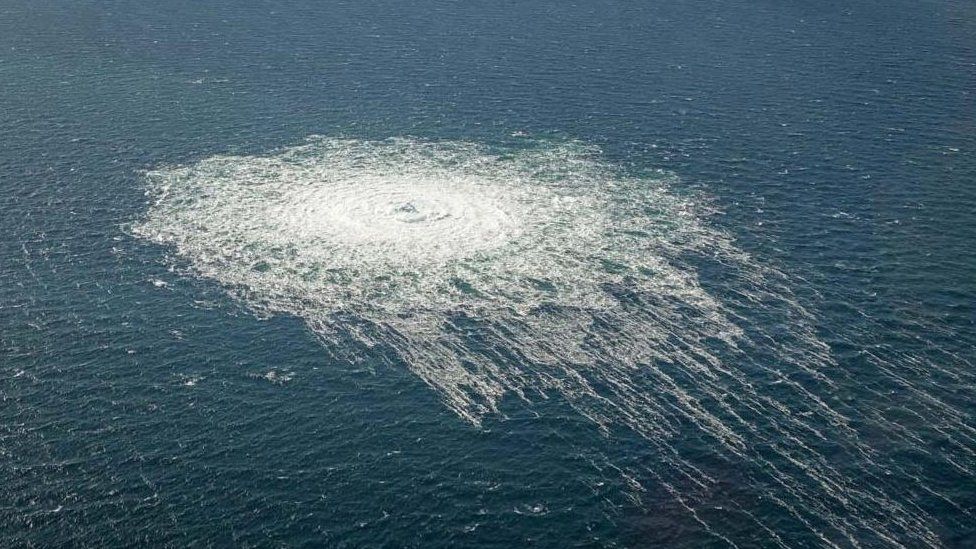
Russian and Danish naval vessels that disappear in the Baltic Sea, days before an underwater pipeline blast. A German charter yacht with traces of explosives, and a crew with forged passports. Blurry photographs of a mysterious object found near a single surviving pipeline strand.
These are the latest clues in the hunt to reveal who, last Sept. 26, blew up most of the Kremlin-backed Nord Stream pipelines, some 260 feet below the Baltic Sea, that were once the largest supplier of Europe’s natural gas.
Just a few weeks ago, New York Times reporting on new intelligence, along with German police findings reported by the German media, suggested a possible solution to the Nord Stream puzzle: pro-Ukraine operatives renting a German pleasure boat and pulling off a fantastical covert mission.
Since then, a flurry of new findings and competing narratives has sown distrust among Western allies and presented an opening for Russian diplomatic pressure that has raised the geopolitical stakes in Europe’s Baltic region.
Nowhere is the tension felt more strongly than among the 98 residents of Denmark’s Christianso — an island so tiny, you can walk across it in 10 minutes. Living just 12 nautical miles away from the blast site, everyone from the herring pickler to the inn chef sees skies and waters filled with foreboding.
“Before the blast, no one talked about Nord Stream. I didn’t even know how close we were until it happened,” said Soren Thiim Andersen, governor of Christianso. “Afterward, we all felt exposed. We were all wondering: What really just happened here?”The stone harbor of Christianso, a small Danish island, ended up in the front row of an international whodunit of geostrategic proportions.Credit…Tom Little/Reuters
The pleasure boat at the center of the German investigation, the Andromeda, docked at Christianso’s stone harbor after being chartered in the northern German port of Rostock on Sept. 5 and making an overnight stop at Wiek, a more obscure north German port with no security cameras and little oversight.
A local port worker, who asked not to be identified because of ongoing investigations, told The Times that he remembered the visit unusually well: He had repeatedly tried to speak to the crew, first in German, then English. Instead of attempting any kind of reply, in any language, one man simply handed him the docking fee and turned away.
The Andromeda now sits in dry dock overlooking the Baltic Sea, its innards pulled out by investigators. Three German officials told The Times that the investigators had found traces of explosives on the boat, and discovered that two crew members had used fake Bulgarian passports.
That hunt led back to Christianso, where Mr. Andersen, the governor, said that in December, the Danish police had him write a Facebook post, instructing residents to send photographs of the harbor or boats from Sept. 16 to Sept. 18, around the time the Andromeda is believed to have docked. Investigators arrived a month later to interview residents and check the photos.
Christianso locals scoffed at the idea a 50-foot pleasure yacht could pull off such a spectacular attack — and so have naval experts from Germany, Sweden and Denmark.
They argue that even with skilled divers, it would be extremely challenging for a six-person crew to plant the explosives needed on the seabed some 262 feet below, and create blasts registering 2.5 on the Richter scale.
“Knowing how the explosion would work, with the sea pressure at those depths — you need very specialized knowledge. How do the physics play out?” said Johannes Riber, a naval officer and analyst at Denmark’s Institute for Strategy and War Studies, who called it a “James Bond” theory.

